Often simply called Gator, this material is constructed of two sheets of a wood fiber veneer with a foam filling. However, unlike foamboard, this foam filling is much denser making for a heavier and sturdier material than regular foam. The main advantage to this is that it can stand on its own without unsightly bowing. Regular foam will almost certainly bow at larger sizes when standing on its own.
Gator is typically ordered with a three-letter designation. The first letter is the color of the primary print surface, the middle letter designates the color of the middle foam filling, and the last letter designates the color of the back side. The two most common designations are:
- WBB – this means the front (print side) is white, the middle foam filling is black, and the back is black and thus suitable for single-sided printing only
- WBW – this means the front (print side) is white, the middle foam filling is black, and the back side is white. In this case, you can print on the back side of the gatorboard.
The most common form of single-sided gator is WBB (white front, black middle, black back). This is because most designers believe the black color is less intrusive than white when gator is used as a display piece.
Gator is available in several different thicknesses but the most common are 3/16” and 1/2”. You can request a consultation for which width is appropriate for your job. It is important to know how your gatorboard will be displayed because different hardware display units are manufactured for particular gatorboard widths. Your printer can help you plan this.
Gatorboard is not recommend for outdoor use.
Learn more about different rigid substrates in our Guide to Rigid Materials for Signs and Displays. Or contact us today and get started!
